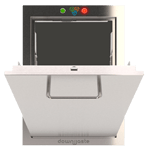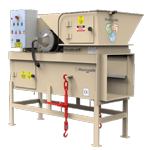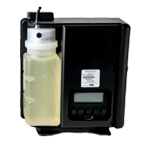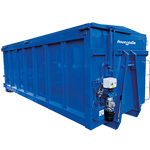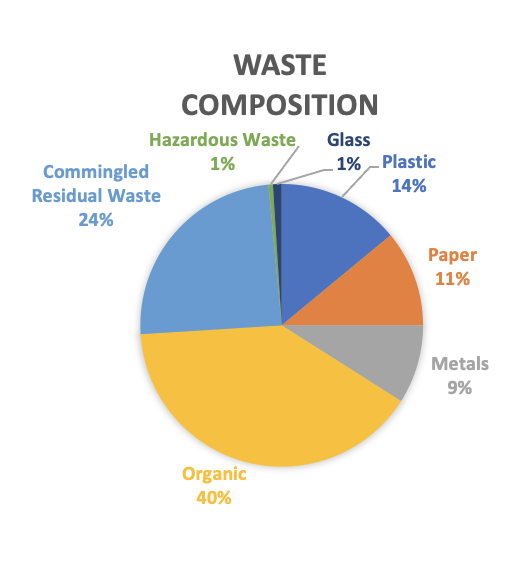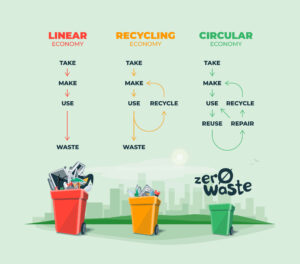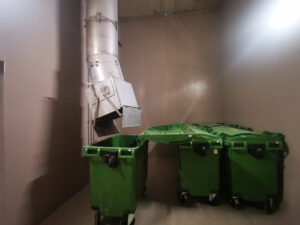In today’s rapidly evolving world, an increasing number of countries are implementing stringent regulations for waste management in every new development. With valuable real estate at a premium, it has become crucial to establish accurate waste audit and management strategies that not only support the building design but also drive robust sustainability outcomes. By embracing effective waste management practices, we can optimize resource utilization, minimize environmental impact, and pave the way for a more sustainable future.
Step 1: Swift Waste Operations
To ensure swift waste operations for your building, it is essential to provide the appropriate equipment and infrastructure. Install well-designed garbage chutes that facilitate easy and efficient waste disposal. Likewise, implement recycling chutes that encourage proper segregation of recyclable materials. Compactors and balers should be strategically placed to compact and manage bulk waste and recycables effectively. By investing in suitable equipment and infrastructure, you can streamline waste operations and enhance efficiency.
Step 2: Minimizing Inconveniences
To minimize inconveniences related to waste management in garbage chutes, recycling chutes or organic waste chutes, it is important to prioritize safety, cleanliness, and odor control. Regular maintenance and cleaning of the chutes, bins and compactors will help avoid downtime, unpleasant odors, and litter. Implement appropriate waste collection schedules that consider the needs of the building residents and tenants to ensure convenience and minimize disruption.
Step 3: Compliance with Codes and Policies
Compliance with relevant codes and policies governing waste management is essential for garbage chutes, recycling chutes, and compactors. Familiarize yourself with the local regulations concerning waste disposal, recycling requirements, and hazardous waste handling. By adhering to these guidelines, you can ensure compliance and contribute to responsible waste management practices.
Step 4: Integration into Overall Building Management
To provide a comprehensive waste management system, it is important to integrate garbage chutes, recycling chutes, and compactors into the overall building management plan. Clearly communicate the waste management procedures to residents and tenants, emphasizing the importance of proper waste segregation and disposal. Encourage active participation and provide educational materials on recycling practices. Ensure that everyone understands their roles and responsibilities to maintain a clean and sustainable environment.
Step 5: Efficiency Monitoring and Recycling Promotion
Monitoring the efficiency of garbage chutes, recycling chutes, and compactors is crucial for waste volume estimation and optimizing recycling efforts. Implement a waste tracking system that records the volume and composition of waste generated. Analyze the data to identify opportunities for waste reduction and recycling. Encourage residents and tenants to actively participate in recycling initiatives and provide convenient recycling facilities near the chutes and compactors. You can divert a significant portion of recyclable materials from landfills and contribute to a more sustainable waste management system.
This approach will promote sustainability, ensure compliance with regulations, and optimize recycling efforts for a more environmentally friendly waste management system.
